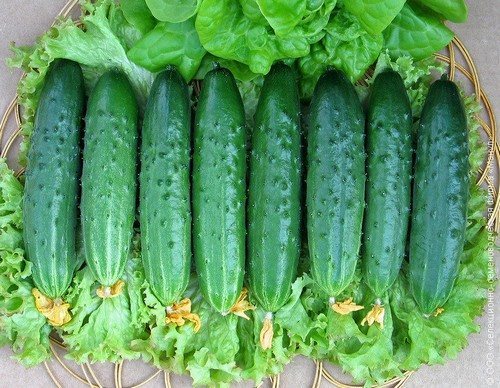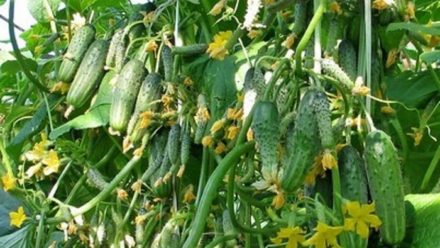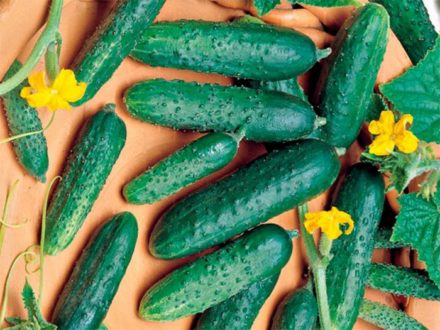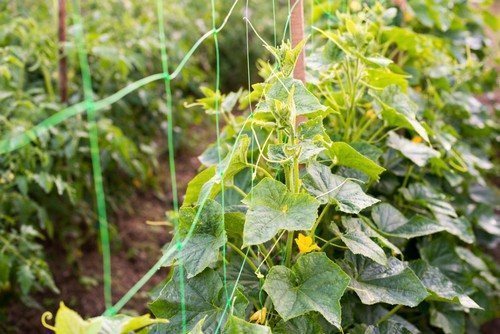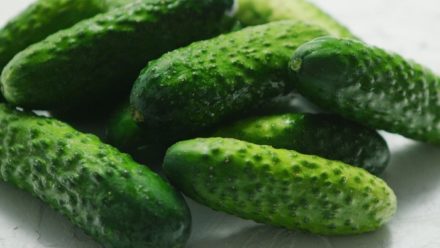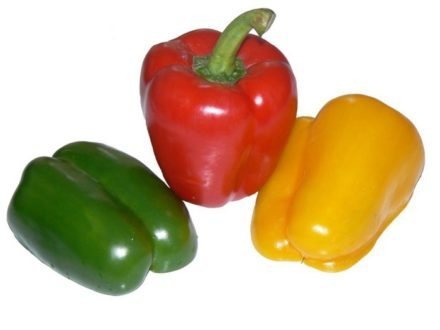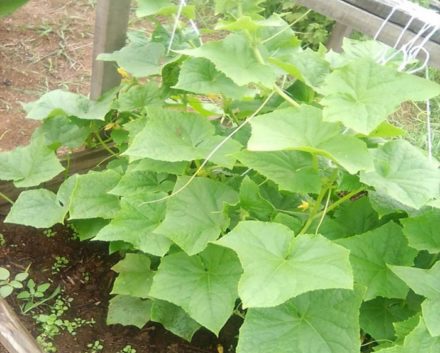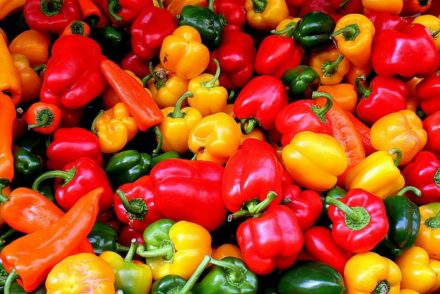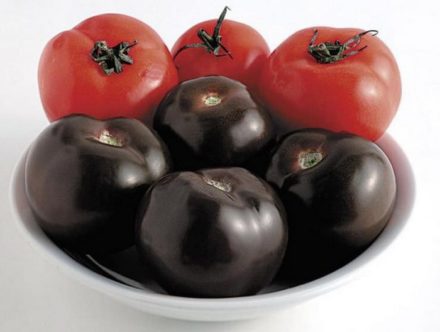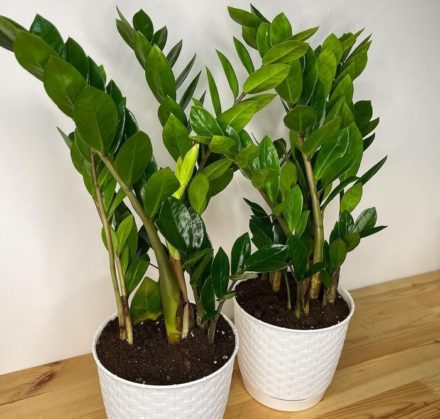Not all gardeners are lucky with the climate. Residents of the northern regions have to plant cold-resistant cucumbers in order to obtain stable yields. Breeders are constantly working to improve the characteristics of the vegetable, including working to reduce sensitivity to cold. As a result, fertile cucumber varieties were obtained for unprotected soil, which do not require shelter, which has been confirmed in practice.
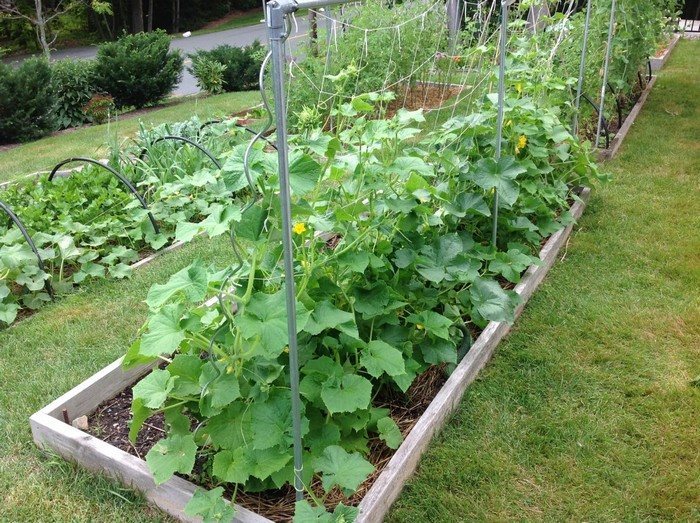
Features of cold-resistant cucumbers
High cold resistance is often characteristic of hybrids. Cucumbers of this group also easily tolerate drought and other unfavorable factors. Although cold-resistant varieties are recommended for cultivation in Siberia, the Urals and the North-Western territories, they can be planted in the Moscow region and those areas of the Volga region where the climate is less harsh.
Cold-resistant hybrids have early ripening periods and high yields. In addition, the hybrid group of cucumbers has strong immunity and gets sick less often. Even in cold weather, fruits continue to set and grow. Most of these varieties have a universal purpose - they are cut into salads, salted, pickled, and canned.
Popular varieties with increased cold resistance
The fact that cucumbers are resistant to cold can be understood just by the name of the varieties. However, one should not neglect compliance with agricultural technology in general. Only with proper care will the variety reveal its full potential.
Eskimo F1
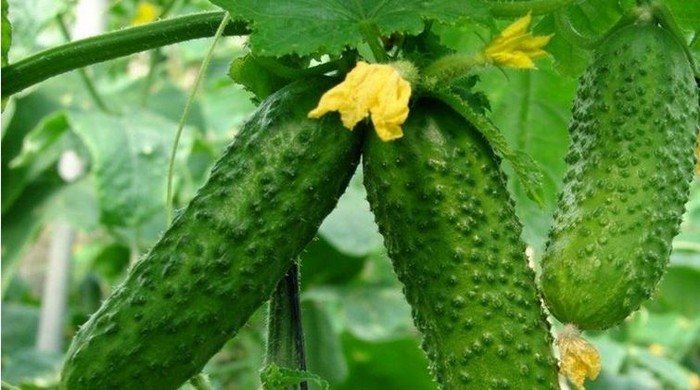
Early ripening parthenocarpic hybrid. The first greens can be harvested 42 days after the seeds hatch. The length of the fruit is 8-10 cm. The top of the cucumbers is covered with dark green skin with blurry white stripes and sparse tubercles. There are black spikes on the surface.
The bush develops well at low temperatures (+5-7 °C), without stopping the growth of the root system. In regions with cold climates, cucumbers are grown through seedlings or under film in a warm bed. The purpose of the fruit is universal; there is no bitterness in the taste. Productivity is average. The variety is resistant to powdery and downy mildew, and spotting.
Blizzard F1
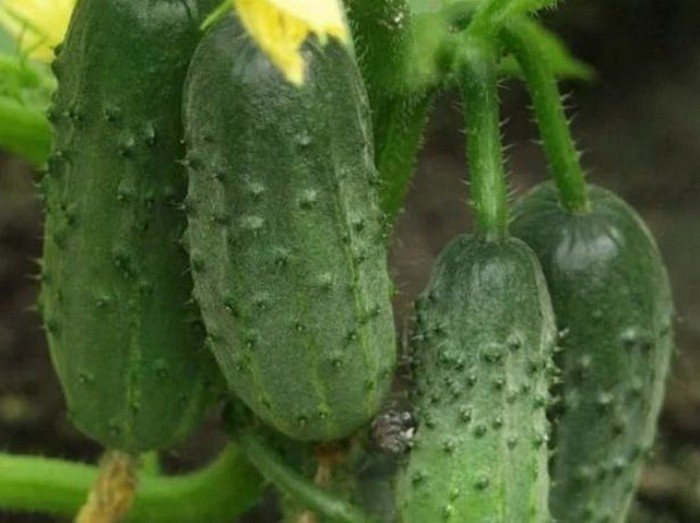
A popular hybrid among summer residents, it is not afraid of even slight frosts. The variety is characterized by increased productivity. The fruits have excellent taste and good presentation. Thanks to strong immunity, bushes of this variety practically do not get sick. 43 days after the shoots appear, the crop is ready for harvest.
The variety belongs to parthenocarpic varieties that do not require pollination. The bush grows moderately, the growth of the central stem is not limited. The fruits reach a length of 9 cm, have a rich emerald skin with slight pubescence and tubercles. The pulp of cucumbers is dense, crispy, and sweet.
Cupid F1
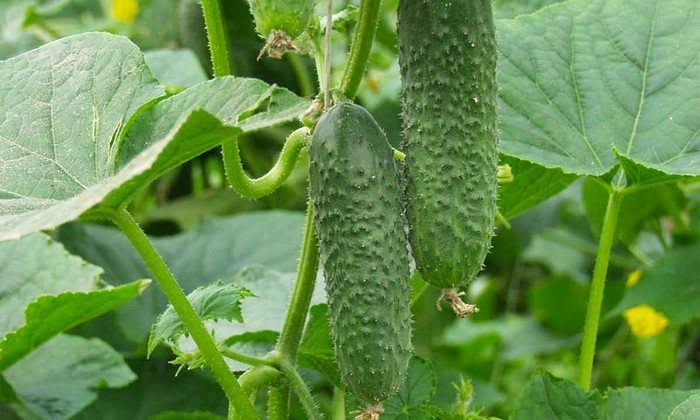
A self-pollinating hybrid with early ripening, bred for cultivation in private and private farms. The type of bush is with weak branching, which allows you not to resort to shaping. The fruits have dense pulp and small seeds and are covered with a thin dark green skin. Their length varies from 9 to 15 cm. The surface has small tubercles, pubescence is often present.
Tufted ovary.Fruits must be harvested in a timely manner to preserve their flavor. The pulp of cucumbers is tender, does not contain bitterness, and is crispy. The hybrid tolerates temperatures down to +2 °C, drought and waterlogging. The variety's disease resistance is average. The disadvantages include a short fruiting period (up to 1 month).
"Lapland" (F1)
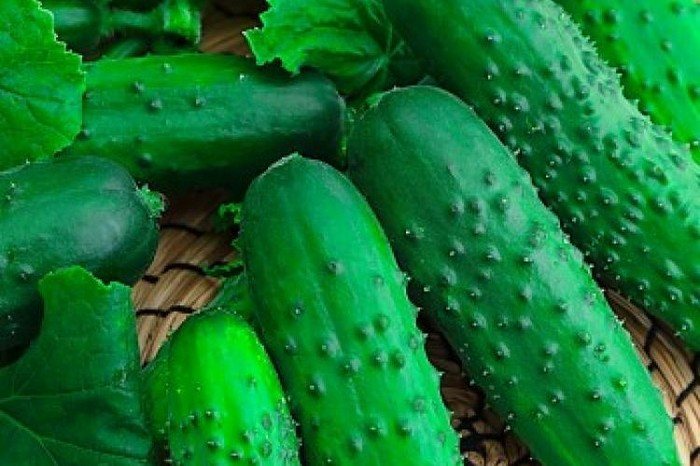
Cucumbers of the hybrid group of parthenocarpic type. The variety was specially bred for cultivation in cold regions. The average ripening speed is 48 days. The bushes are characterized by intensive growth and bunched arrangement of ovaries. Productivity is high with regular fertilizing.
The length of the fruit is 9 cm. Greens have a delicate skin with large sparse tubercles and white blurry stripes. The pulp is juicy and sweet. When cucumbers outgrow, their taste does not deteriorate. The variety is resistant to powdery mildew, anthracnose, bacteriosis and insensitive to temperature fluctuations.
"Danila" (F1)
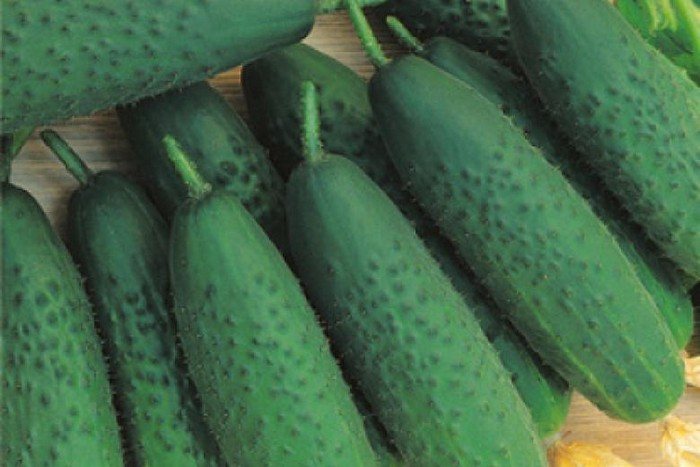
Hybrid "Danila" has a very high yield. Its peculiarity is that the fruits ripen together. The variety belongs to the parthenocarpic group. The color of the fruit is typical – dark green. The skin has pubescence and large tubercles with white spines.
The fruits are suitable for pickling and salads. The average length of greens is 12-15 cm. The pulp is juicy and tasty. The hybrid is rarely susceptible to typical crop diseases. The bushes are characterized by an average degree of branching and an indeterminate type of growth. The ripening period is early - the harvest can be harvested after 35 days.
"Blizzard" (F1)
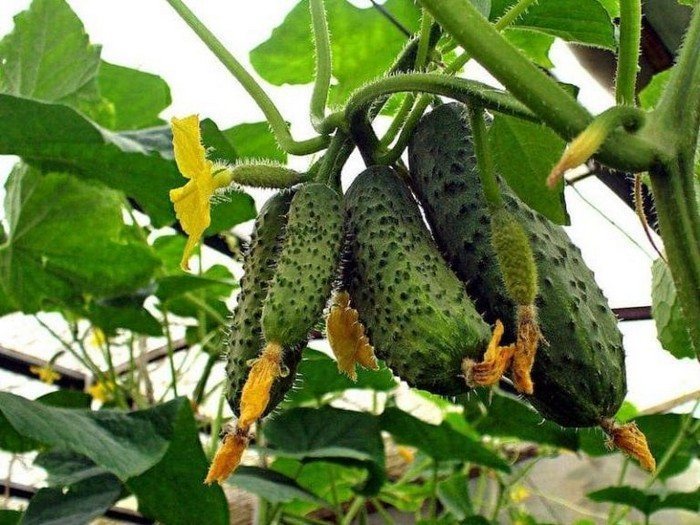
The variety is an early ripening hybrid of the first generation. The fruits ripen in 35-37 days. Belongs to the semi-indeterminate group. The side canes are shortened, with medium foliage.Zelentsy can be classified as gherkins in size; the maximum length of the fruit is on average 8-10 cm. Pollination is not required.
The fruits are collected in bunches. They have thin skin with many dark green tubercles. The pulp is juicy and crisp, without bitterness or sweet and sour taste. For good yield, fertilizing and regular watering are necessary. The hybrid has strong immunity.
Cucumbers must be planted in compliance with crop rotation. The best predecessors for them will be legumes, cabbage, beets, potatoes, onions and garlic. Despite their cold resistance, immediately after planting the seedlings, young bushes are temporarily covered with film until they become stronger, especially if the planting was carried out in a cold region.


